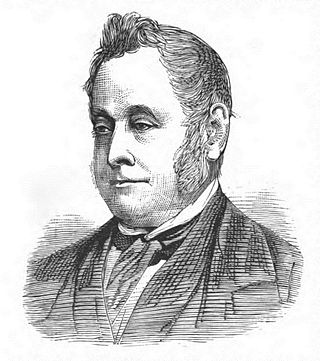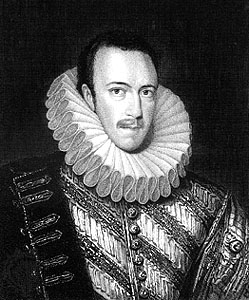History
The Month, founded and edited by Frances Margaret Taylor, began publication in July 1864 with the subtitle "An illustrated magazine of literature, science and art". [1] Much of its space was given to fiction and the lighter forms of literature. In April 1865 she sold the review to the Jesuits, [2] who changed the subtitle to "A magazine and review" (1865–1873). The first Jesuit-appointed editor was Henry James Coleridge, who managed to elicit contributions from many of the leading figures in English Catholicism, including John Henry Newman, whose "Dream of Gerontius" was first published in The Month. [3] The publisher throughout these years was Simpkin, Marshall & Co. In 1874 the Catholic Review was incorporated, and the title became The Month and Catholic Review.
The years 1881–1882 saw the arrival of a new editor, Richard Frederick Clarke; a new publisher, Burns & Oates (until 1912); and the simplification of the title to The Month.
The review languished somewhat in the first half of the 20th century, and publication was reduced to bimonthly in the years 1941–1946, but it revived under the editorship (1948–1963) of Philip Caraman, who "changed the print, the layout, the cover design, and anything else that enhanced the quality of the magazine. He employed distinguished writers, such as Evelyn Waugh, Graham Greene, Edith Sitwell, Muriel Spark, and the American Trappist monk, Thomas Merton." [4]
In 1969 The Month absorbed the Dublin Review , and at some point about that time the full title became The Month: A Review of Christian Thought and World Affairs.
From 1912 to 1960 the review was published by Longmans, Green, & Co. and thereafter by Month Publications.
Publication ceased in 2001, after negotiations for the Saint Austin Press to buy the magazine fell through.

Campion Hall is one of the four permanent private halls of the University of Oxford in England. A Catholic hall, it is run by the Society of Jesus and named after Edmund Campion, a martyr and fellow of St John's College, Oxford. The hall is located on Brewer Street, between Christ Church and Pembroke College. The buildings, along with many of the fixtures and fittings, were designed by Sir Edwin Lutyens, his only buildings in Oxford. The hall also houses an extensive collection of religious art spanning 600 years; the pieces were collected primarily by Fr Martin D'Arcy in the 1930s.

William George Ward was an English theologian and mathematician. A Roman Catholic convert, his career illustrates the development of religious opinion at a time of crisis in the history of English religious thought.

Philip Howard, 13th Earl of Arundel was an English nobleman. He was canonised by Pope Paul VI in 1970, as one of the Forty Martyrs of England and Wales. Howard lived mainly during the reign of Queen Elizabeth I; he was charged with being a Roman Catholic, quitting England without leave, and sharing in Jesuit plots. For this, he was sent to the Tower of London in 1585. Howard spent ten years in the Tower, until his death from dysentery.

Sir John Taylor Coleridge was an English judge, the second son of Captain James Coleridge and nephew of the poet Samuel Taylor Coleridge.
John Gerard was a priest of the Society of Jesus who operated a secret ministry of the underground Catholic Church in England during the Elizabethan era.
Henry James Coleridge was a writer on religious affairs and preacher. He served as editor of The Month for over fifteen years.
Raymond Laurence Brett was Professor of English at University of Hull and a friend of Philip Larkin. He produced an edition of Wordsworth and Coleridge's Lyrical Ballads which went through two further editions. Some of his many other publications are listed below.
The 19th-century Catholic periodical literature is unique in many respects. Most of the periodical publications in mainly Catholic countries can be regarded as "Catholic" literature up to a few decades before 1800: the editorial line is implicitly Catholic in most instances.
This page is based on this
Wikipedia article Text is available under the
CC BY-SA 4.0 license; additional terms may apply.
Images, videos and audio are available under their respective licenses.
 This article incorporates text from this source, which is in the public domain .
This article incorporates text from this source, which is in the public domain .


